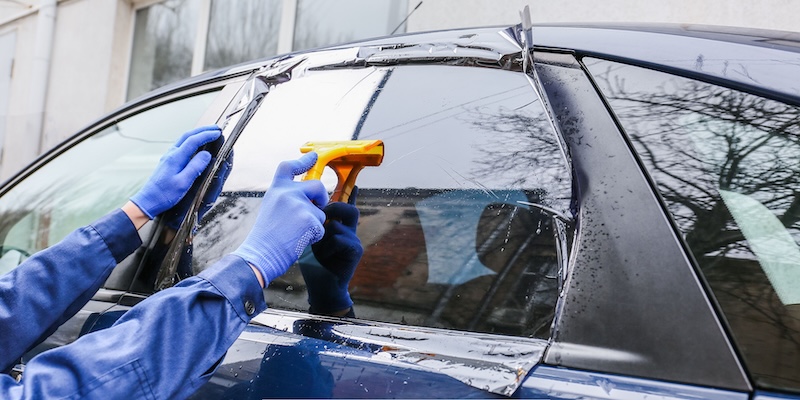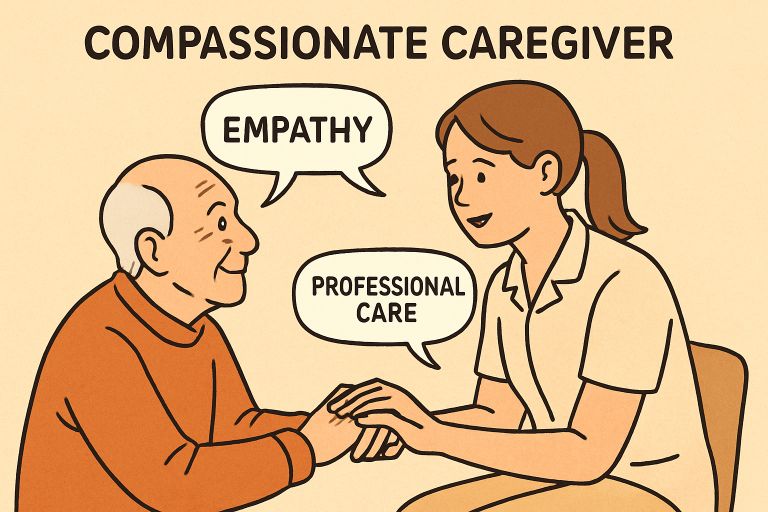Thrifting has transformed from a necessity to a trend, captivating fashion enthusiasts and bargain hunters alike. “How to Thrift Shop Like a Pro: A Guide to Finding Thrifting Gold” is your go-to manual for mastering the art of thrifting, ensuring you uncover the best deals, unique finds, and hidden treasures that thrift stores have to offer. With the right strategies and an eye for potential, thrifting can not only be an adventure but also a highly rewarding experience.
Understanding Thrifting
Thrifting refers to the act of shopping at thrift stores, flea markets, garage sales, and charity shops, where you can find a variety of items from clothing to furniture at significantly lower prices than retail. The charm of thrifting lies not only in the cost savings but also in the sustainability aspect, offering a second life to pre-loved items and reducing waste.
Why Thrift?
Thrifting is more than just budget shopping; it’s about making ethical choices, exploring your personal style, and enjoying the thrill of the hunt. It allows for a sustainable approach to consumerism, reducing the demand for new productions and thus minimizing environmental impact.
Getting Started
1. Research and Plan
Start by researching the best thrift stores in your area. Look for reviews, recommendations, and even niche stores that cater to specific interests. Planning your thrifting trip can save time and increase your chances of success.
2. Timing is Everything
Thrift stores often restock on certain days. Learn these patterns to increase your chances of finding fresh items. Early mornings or weekdays are usually less crowded, offering a more relaxed shopping experience.
3. Set a Budget
It’s easy to get carried away with low prices. Setting a budget beforehand keeps your spending in check and ensures you only purchase items you truly love.
4. Keep an Open Mind
Thrifting requires imagination. Look beyond an item’s current state and envision its potential. A dress might need a simple alteration, or a piece of furniture could be transformed with a coat of paint.
5. Inspect Items Carefully
Check for any damages, stains, or wear and tear. While some flaws can be fixed, others might not be worth the effort or cost.
6. Know Your Measurements
Sizes can vary greatly, especially with vintage clothing. Knowing your measurements and carrying a tape measure can help in making sure items fit well.
7. Embrace the Unique
Thrifting offers a chance to find unique, one-of-a-kind items. Embrace the quirkiness and stand out with your finds.
8. Sustainability First
Thrifting is inherently sustainable, but you can take it a step further by donating items you no longer need, keeping the cycle of reuse in motion.
9. Network with Other Thrifters
Joining online communities or local groups can provide valuable tips, store recommendations, and even alert you to upcoming sales or events.
10. Be Patient
Thrifting can be hit or miss. Some days you might find nothing, while other days you could discover your best find yet. Patience and perseverance are key.
Advanced Thrifting Tips
- Learn to Haggle: Some thrift stores, especially independent ones, may be open to bargaining. If an item is damaged or has been sitting for a while, it doesn’t hurt to ask for a discount.
- Follow Stores on Social Media: Many stores post new arrivals or special discounts on their social media platforms, giving you an edge in finding the best items.
- Seasonal Shopping: Shopping off-season can yield great finds at even lower prices. Look for winter coats in the summer and vice versa.
FAQ Section
Q: How do I know if an item is worth buying?
A: Consider the item’s condition, brand, uniqueness, and potential use. If it’s in good condition, fits well, and resonates with your style or needs, it’s likely a good buy.
Q: Can I find designer items at thrift stores?
A: Absolutely! Designer items often make their way into thrift stores. Keep an eye out for quality fabrics, unique designs, and brand labels, but also be aware of potential counterfeits.
Q: How do I clean thrifted items?
A: It’s essential to clean thrifted items before use. Most clothing can be washed or dry cleaned. For non-clothing items, a thorough cleaning with appropriate products is recommended.
Q: Is thrifting eco-friendly?
A: Yes, thrifting is an eco-friendly practice. It reduces waste, minimizes the demand for new productions, and promotes recycling and reuse.
Q: How often should I thrift?
A: This depends on your personal needs and schedule. Some avid thrifters go weekly, while others may go monthly or as needed. Regular visits can increase your chances of finding great items.
Thrifting is not just shopping; it’s an adventure that requires skill, patience, and creativity. By following this guide, you’ll be equipped to thrift shop like a pro, finding not just items, but stories and treasures that bring joy and uniqueness into your life. Embrace the journey of thrifting, and let the hunt for thrifting gold begin!







